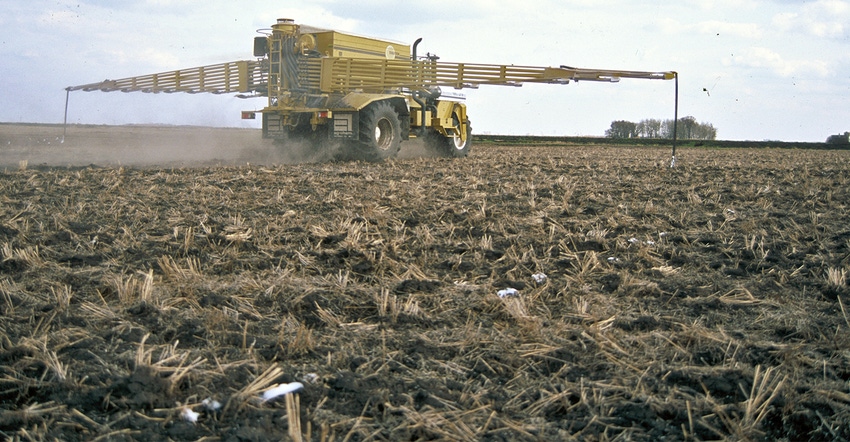June 7, 2019

By Lindsay Pease
Earlier this year, 90 researchers and professionals from agriculture, engineering and water resources management met at the University of Minnesota Crookston to discuss which agricultural Best Management Practices work best for reducing nutrient runoff in the Red River Valley.
A comprehensive technical report in being prepared, but here are three key takeaways from the meeting:
1. Balance nutrient application with crop needs. Balancing nitrogen (N) and phosphorous (P) application with crop uptake isn’t a new concept, but it’s one basic step that makes economic sense as well as environmental sense.
2. Feed the crop, not the soil. The UM Extension Nutrient Management Team’s long-term phosphorus (P) trials tested the “feed-the-crop” concept using replicated trials in five locations across the state of Minnesota. Results for Morris (near the southern end of the Red River Basin) and Crookston (in the central basin) agreed that soil test P levels in the “medium” range (8 to 11 ppm Olsen-P) supply enough P for corn and soybean crops.
What happens if soil test P is in the “high” or “very high” category? Chances of seeing a yield boost (from adding more P) are unlikely. There is no yield advantage to a “build-and-maintain” approach compared to the “feed-the-crop” approach.
3. Use a split application to get N rates right in corn. Jay Goos, a professor of soil science at North Dakota State University, says residual soil N tends to be higher following corn than when following wheat or sugarbeets.
The reason for this is simple, he says: Corn tolerates overfertilization better than wheat or sugarbeets. Overfertilizing wheat results in lodging. Overfertilizing sugarbeets results in a lower-quality yield. According to Goos, the key to getting N fertilization right in corn is split application. Testing a 1-foot-deep soil sample when corn is about 1 foot tall will help ensure that the right amount of N is on the field at the right time. The critical level of nitrate-N is about 20 to 25 ppm, he says.

If applying manure instead of commercial N fertilizer, UMN Extension educator Chryseis Modderman says that split application is still an option. The UMN Manure Management Team is conducting field experiments to test if you can sidedress manure at the V4-V5 growth stage of corn using a drag hose without causing permanent damage to the corn. Preliminary results show no yield loss from the drag hose.
Pease is a University of Minnesota Extension specialist in nutrient and water management.
You May Also Like




